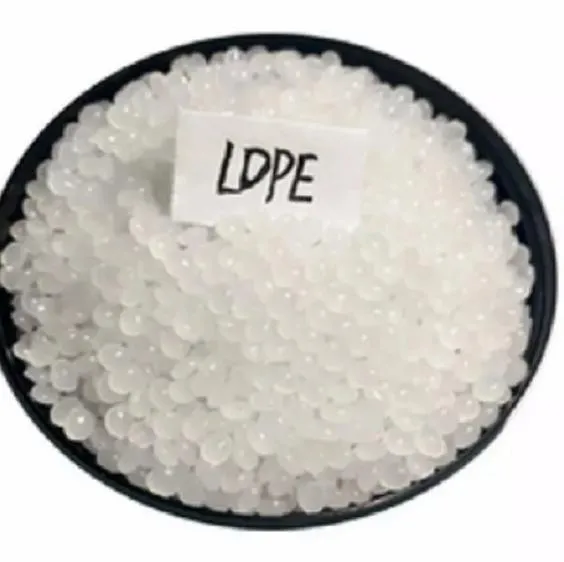Warning: Undefined array key "title" in /home/www/wwwroot/HTML/www.exportstart.com/wp-content/themes/1198/header.php on line 6
Warning: Undefined array key "file" in /home/www/wwwroot/HTML/www.exportstart.com/wp-content/themes/1198/header.php on line 7
Warning: Undefined array key "title" in /home/www/wwwroot/HTML/www.exportstart.com/wp-content/themes/1198/header.php on line 7
Warning: Undefined array key "title" in /home/www/wwwroot/HTML/www.exportstart.com/wp-content/themes/1198/header.php on line 7
- Afrikaans
- Albanian
- Amharic
- Arabic
- Armenian
- Azerbaijani
- Basque
- Belarusian
- Bengali
- Bosnian
- Bulgarian
- Catalan
- Cebuano
- China
- China (Taiwan)
- Corsican
- Croatian
- Czech
- Danish
- Dutch
- English
- Esperanto
- Estonian
- Finnish
- French
- Frisian
- Galician
- Georgian
- German
- Greek
- Gujarati
- Haitian Creole
- hausa
- hawaiian
- Hebrew
- Hindi
- Miao
- Hungarian
- Icelandic
- igbo
- Indonesian
- irish
- Italian
- Japanese
- Javanese
- Kannada
- kazakh
- Khmer
- Rwandese
- Korean
- Kurdish
- Kyrgyz
- Lao
- Latin
- Latvian
- Lithuanian
- Luxembourgish
- Macedonian
- Malgashi
- Malay
- Malayalam
- Maltese
- Maori
- Marathi
- Mongolian
- Myanmar
- Nepali
- Norwegian
- Norwegian
- Occitan
- Pashto
- Persian
- Polish
- Portuguese
- Punjabi
- Romanian
- Russian
- Samoan
- Scottish Gaelic
- Serbian
- Sesotho
- Shona
- Sindhi
- Sinhala
- Slovak
- Slovenian
- Somali
- Spanish
- Sundanese
- Swahili
- Swedish
- Tagalog
- Tajik
- Tamil
- Tatar
- Telugu
- Thai
- Turkish
- Turkmen
- Ukrainian
- Urdu
- Uighur
- Uzbek
- Vietnamese
- Welsh
- Bantu
- Yiddish
- Yoruba
- Zulu
Agu . 17, 2024 19:32 Back to list
Exploring the Uses and Safety of Aspartame E951 in Food and Beverages
Understanding Aspartame (E951) A Deep Dive into the Controversial Sweetener
Aspartame, known by its E951 food additive code, has been a subject of discussion and controversy since its introduction as a low-calorie sweetener in the 1980s. It is approximately 200 times sweeter than sucrose (table sugar) and is widely used in a variety of food and beverage products, particularly diet sodas, sugar-free snacks, and chewing gum. As consumers increasingly seek to reduce their sugar intake, understanding the implications and safety of aspartame has become crucial.
Aspartame is composed of two amino acids aspartic acid and phenylalanine, both of which are naturally occurring in many protein-containing foods. Upon consumption, aspartame is broken down into these components, along with methanol, which is present in many fruits and vegetables as well. This metabolic breakdown raises questions about the safety of aspartame, particularly for specific populations.
Understanding Aspartame (E951) A Deep Dive into the Controversial Sweetener
Over the years, numerous studies have examined the safety of aspartame. The U.S. Food and Drug Administration (FDA), the European Food Safety Authority (EFSA), and other health agencies worldwide have concluded that aspartame is safe for human consumption within established acceptable daily intake levels. The FDA set this level at 50 milligrams per kilogram of body weight, which translates to about 20 cans of diet soda for an individual weighing around 70 kg. Despite this, some people experience sensitivity to aspartame, reporting headaches and allergic reactions, although scientific evidence remains inconclusive regarding these claims.
aspartame e951

The controversy surrounding aspartame has been fueled by a variety of studies suggesting potential links to health issues, including cancer, cardiovascular diseases, and neurological disorders. However, comprehensive reviews of the literature have largely dismissed these claims as unfounded, attributing them to myths and misinterpretation of data.
Consumer perception of aspartame has been dramatically influenced by social media and the rise of organic and natural food movements. Many consumers prefer natural sweeteners such as stevia and monk fruit extract, viewing them as healthier alternatives. This trend is reflective of a larger shift towards perceived food authenticity, where consumers actively seek to understand the ingredients in their food.
In response to consumer demand for clearer labeling and healthier options, food manufacturers are reformulating products, reducing artificial sweetener use, and opting for alternatives that align with consumer preferences. Despite this shift, aspartame remains a popular choice due to its effectiveness and low cost, particularly in the production of large quantities of low-calorie foods.
In conclusion, aspartame (E951) is a widely used sweetener that has undergone extensive safety assessments. While it poses no risk to the general population, those with PKU must be cautious. Although public perception is shifting toward natural alternatives, aspartame's sweetening power remains appealing in an increasingly health-conscious market. As with many food additives, moderation is key, and awareness of personal health needs should guide individual choices regarding aspartame consumption.
Latest news
-
Certifications for Vegetarian and Xanthan Gum Vegetarian
NewsJun.17,2025
-
Sustainability Trends Reshaping the SLES N70 Market
NewsJun.17,2025
-
Propylene Glycol Use in Vaccines: Balancing Function and Perception
NewsJun.17,2025
-
Petroleum Jelly in Skincare: Balancing Benefits and Backlash
NewsJun.17,2025
-
Energy Price Volatility and Ripple Effect on Caprolactam Markets
NewsJun.17,2025
-
Spectroscopic Techniques for Adipic Acid Molecular Weight
NewsJun.17,2025

